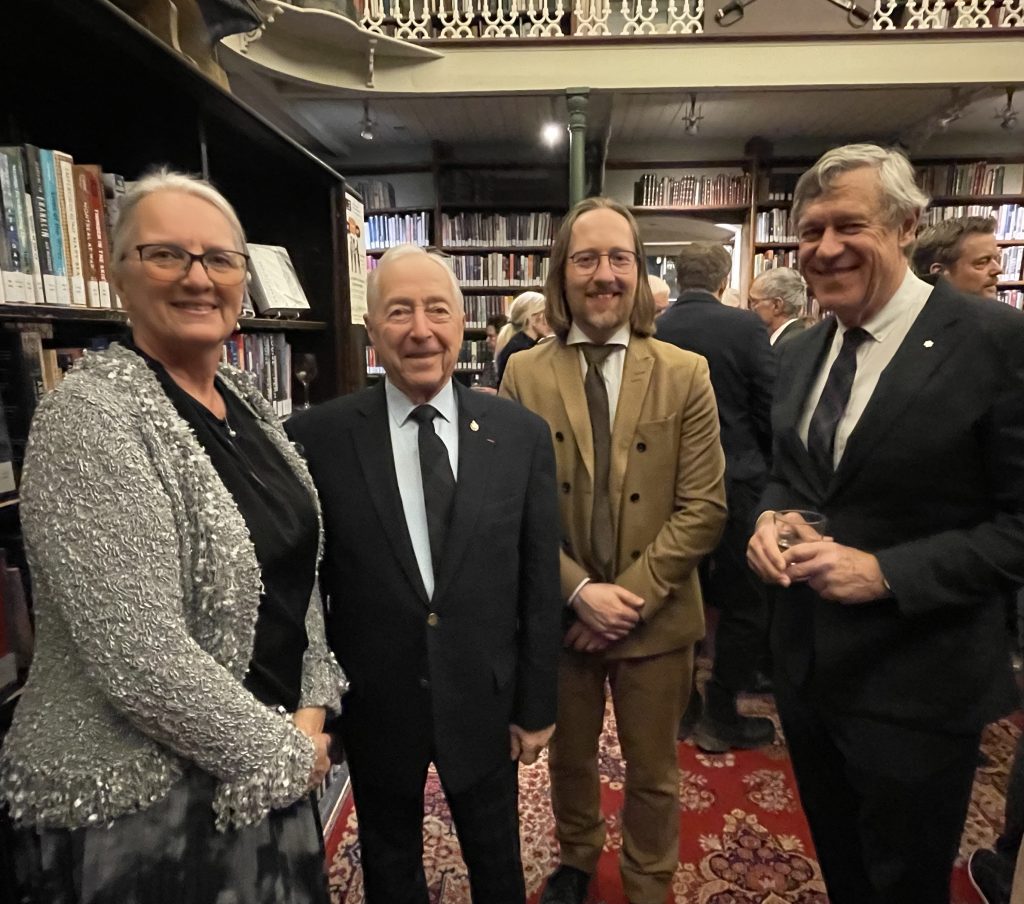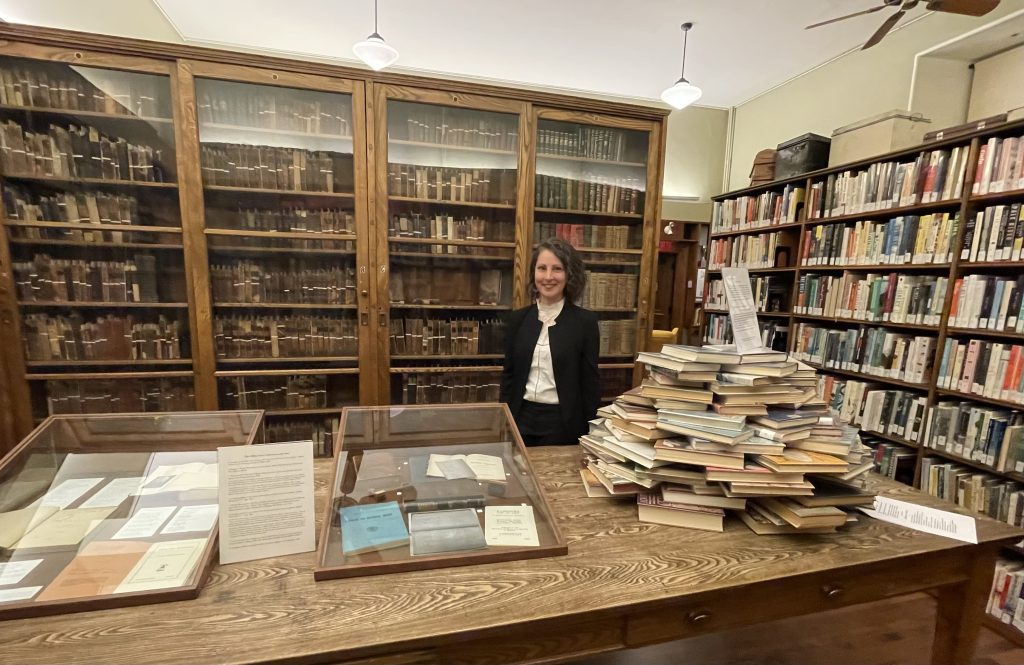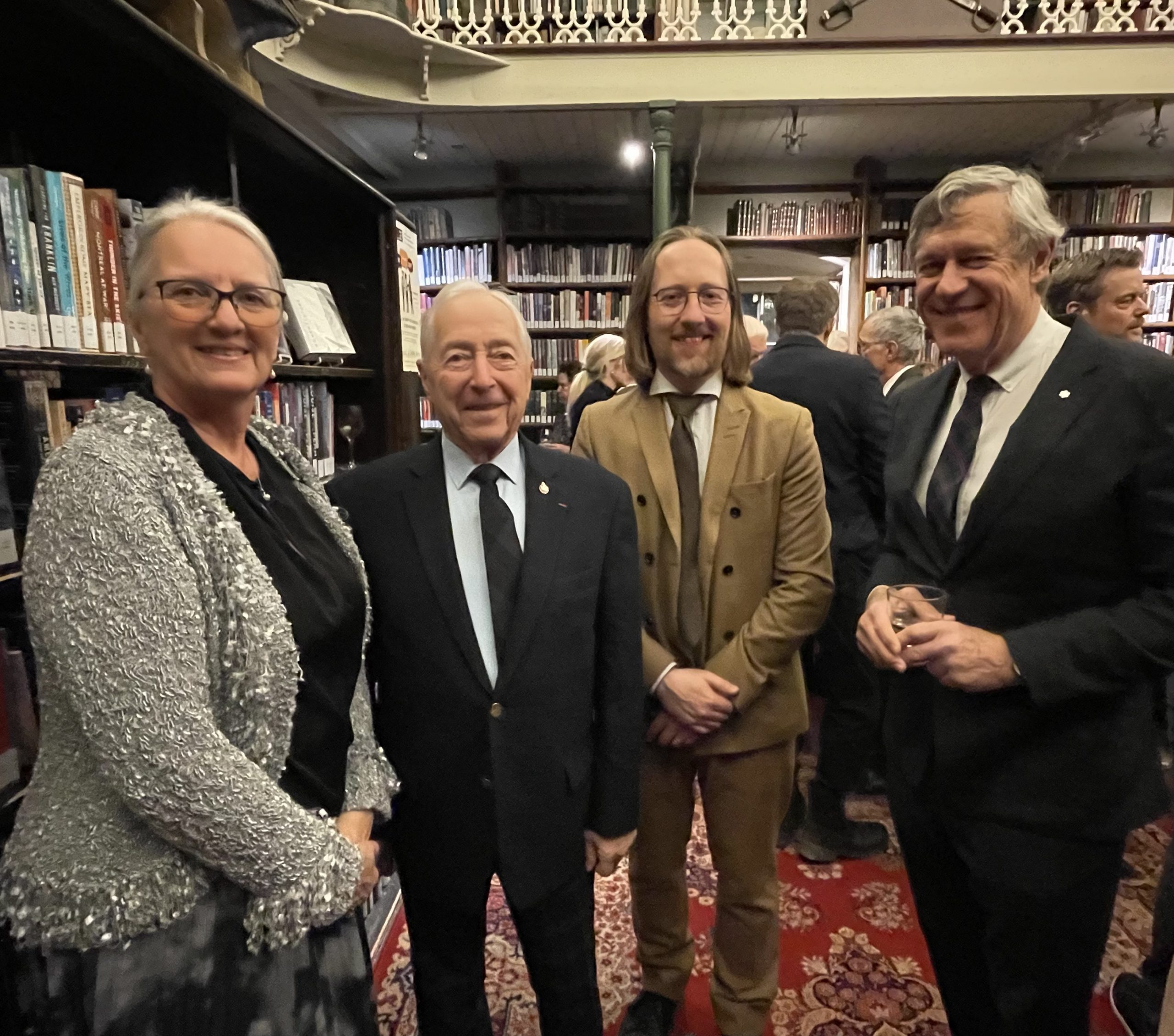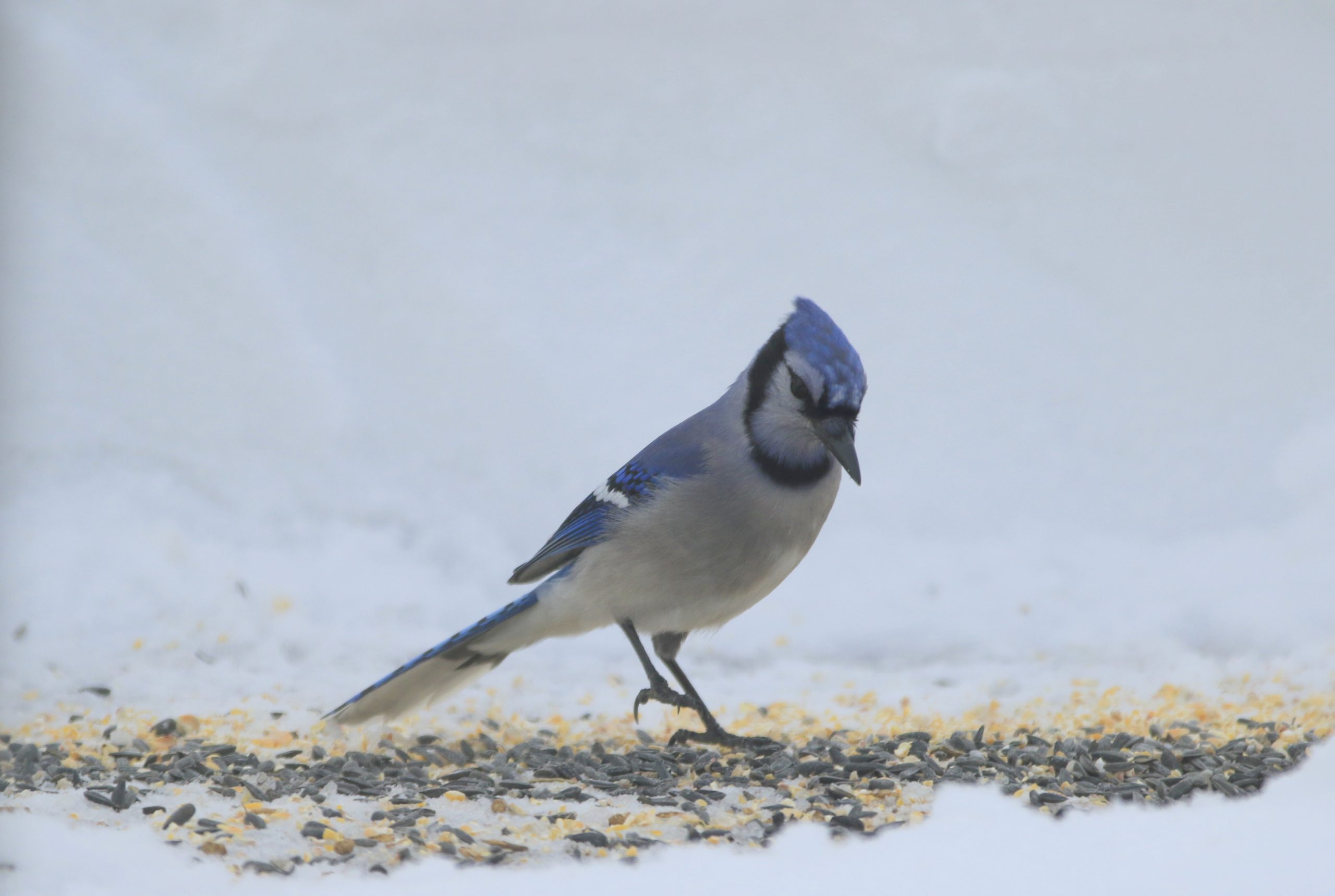LHSQ celebrates 200 years of history and literature
Shirley Nadeau
shirley@qctonline.com
The Literary and Historical Society of Quebec (LHSQ), the oldest existing learned society in Canada, founded on Jan. 6, 1824, celebrated its bicentenary this past week. The Morrin Centre, which is managed by the LHSQ, held a members-only event in the library featuring a lively talk by author Louisa Blair and a concert, among other activities.
LHSQ president Gina Farnell delivered opening remarks, saying, “Here I am, a French-mother-tongue woman, born and raised in Quebec City, and president of the Literary and Historical Society of Quebec. Two hundred years ago when the LHSQ was founded, I suspect most members were English-speaking men, although French speakers were invited to join. Members were most likely prominent businessmen, military officers or scholars. Look at us all gathered this evening: we come from all walks of life, different mother-tongue speakers and all genders. The English-speaking community of Quebec City is very much alive and kicking. As I like to tell visitors, there is a vibrant English-speaking community here. Anglophones here are integrated, not assimilated.”
Farnell also spoke of other longstanding English-language institutions such as “St. Andrew’s Presbyterian Church and the Cathedral of the Holy Trinity just down the street, which are both over 220 years of age. Saint Brigid’s Home and Jeffery Hale Hospital – not quite 200 years old – are pillars of the English-speaking community. And there is the LHSQ – from a learned society to a vibrant cultural centre and library. Let the celebrations begin!”
Lt.-Gov. J. Michel Doyon congratulated the society for its many achievements. City councillor Mélissa Coulombe-Leduc also delivered remarks on the historic occasion.
After a short concert by a string quartet from the Orchestre symphonique de Québec, LHSQ member Louisa Blair, author of The Anglos, The Hidden Face of Quebec City; Iron Bars & Bookshelves: A History of the Morrin Centre and The Calf with Two Heads: Transatlantic Natural History in the Canadas, regaled those gathered in College Hall with tales of the history of the LHSQ, which included a slide presentation. She pointed out that “when the Lit & Hist celebrated its first 100 years, in 1924, the Society had 250 members, 30,000 books and a budget of a few hundred dollars. Now, in 2024, we have 2,500 members. The library has about the same number of books, and the whole thing has a budget of over a million.” She finished by remembering Sovita Chander, the society’s president from 2012 to 2016, “whom we tragically lost last year … Originally from Malaysia, Sovita was the second woman president of the Lit & Hist and the first president of colour.”
Kathleen Hulley, the head of library and collections at the Morrin Centre, spoke about the Morrin Centre’s latest publication, a booklet entitled Reading the Objects Around Us: A Guide to the LHSQ Library. “At the 200-year mark, we are at an ideal moment to reflect on where we’ve come from and how we see ourselves moving forward. We have a duty to preserve and care for what we have in our collections,” she said.
Cultural heritage co-ordinator Anthony Arata unveiled the Morrin Centre tartan that he designed for the LHSQ to celebrate its 200th anniversary and its contribution to preserving Scottish heritage and culture in Canada. Arata also introduced two new Morrin Centre tea blends created by La Maison des 100 thés, “Domestic Chemistry” and “Poet’s Dream,” which were served at the end of the evening along with a birthday cake.
Throughout the coming year, the LHSQ will hold many events to mark the anniversary. The celebrations are just beginning!



 LHSQ president Gina Farnell, Lt.-Gov. J. Michel Doyon, Morrin Centre executive director Barry McCullough and former LHSQ president David Blair gather in the library at the beginning of the evening’s events. (Photo by Shirley Nadeau)
LHSQ president Gina Farnell, Lt.-Gov. J. Michel Doyon, Morrin Centre executive director Barry McCullough and former LHSQ president David Blair gather in the library at the beginning of the evening’s events. (Photo by Shirley Nadeau)  Our Walk on the Wild Side columnist Lise Lafond snapped this photo of a blue jay enjoying seeds in her yard in spring 2023. Send us your best photos this year and they may be published and entered in a provincewide competition! (Photo by Lise Lafond from QCT archives)
Our Walk on the Wild Side columnist Lise Lafond snapped this photo of a blue jay enjoying seeds in her yard in spring 2023. Send us your best photos this year and they may be published and entered in a provincewide competition! (Photo by Lise Lafond from QCT archives)  Families enjoyed racing down the toboggan run on Dufferin Terrace on New Year’s Eve. Long lines of people waited for their turn to take an exhilarating ride down the historic slide that was built in 1884. Speeds of up to 70 km/h can be attained! (SN) (Photo by Shirley Nadeau)
Families enjoyed racing down the toboggan run on Dufferin Terrace on New Year’s Eve. Long lines of people waited for their turn to take an exhilarating ride down the historic slide that was built in 1884. Speeds of up to 70 km/h can be attained! (SN) (Photo by Shirley Nadeau)